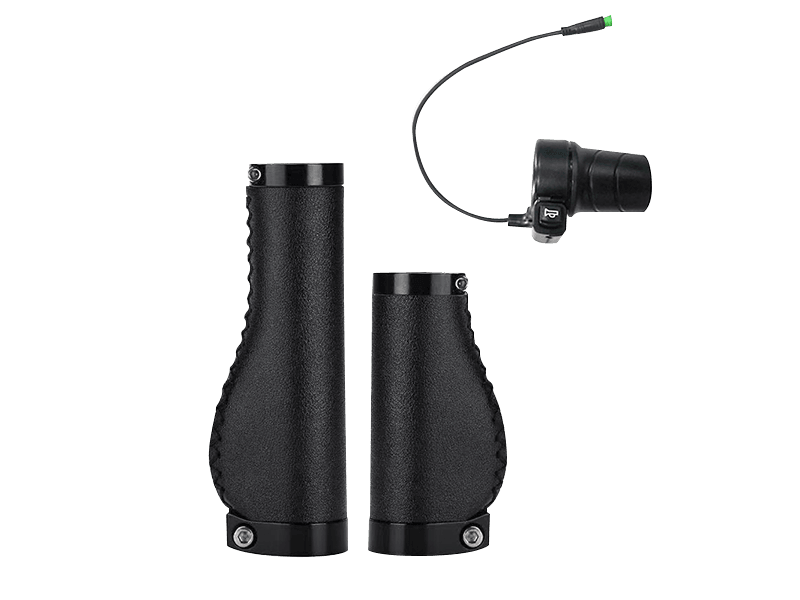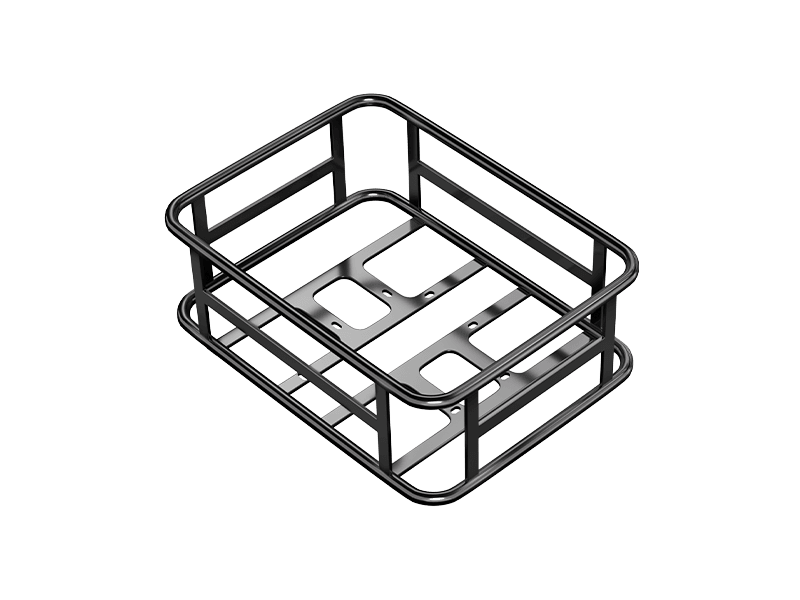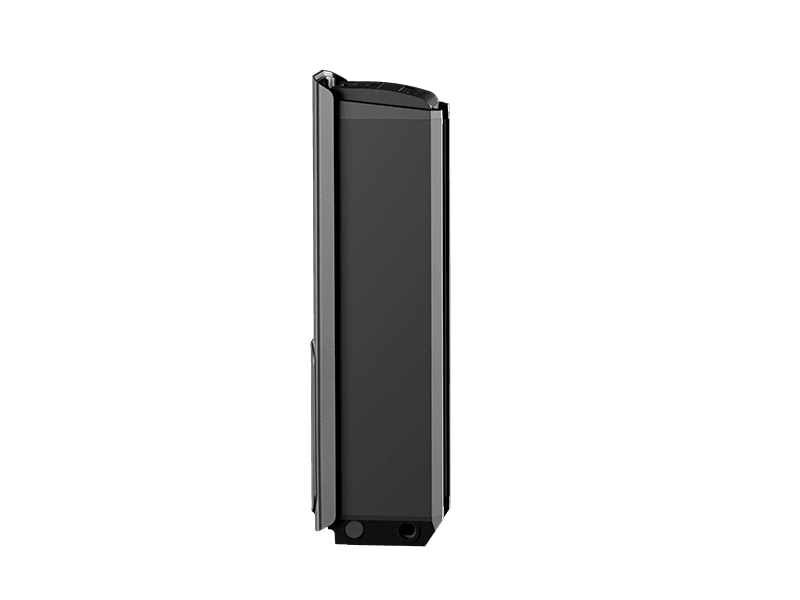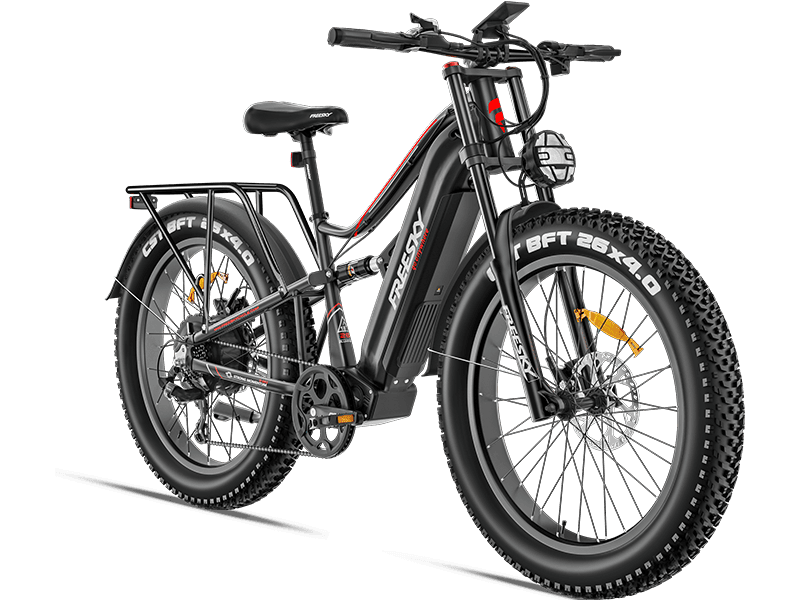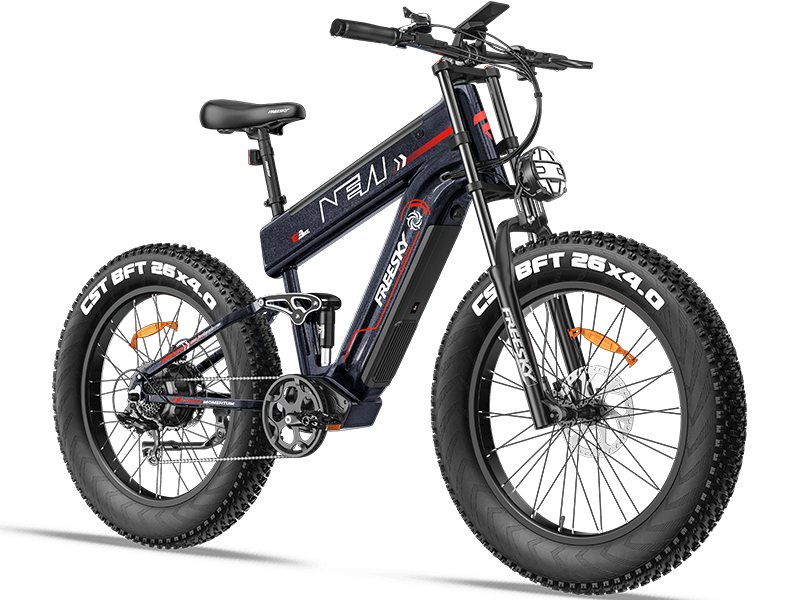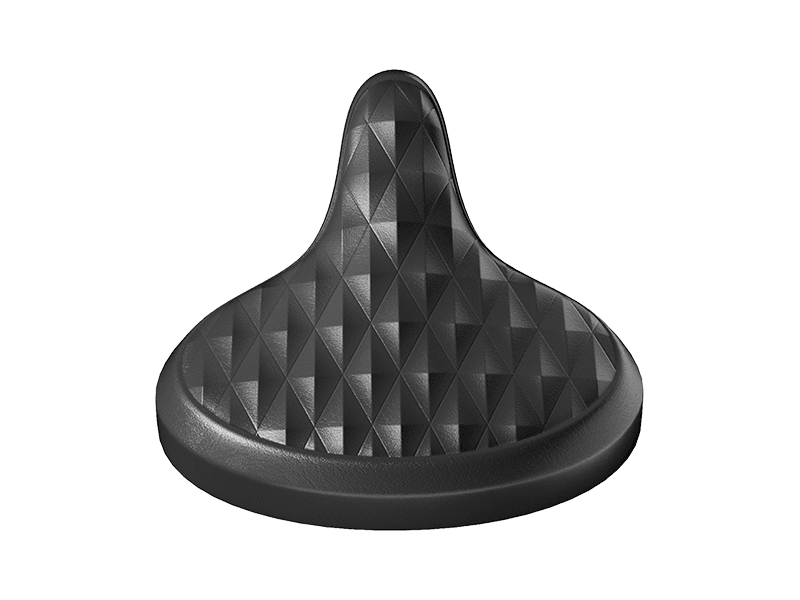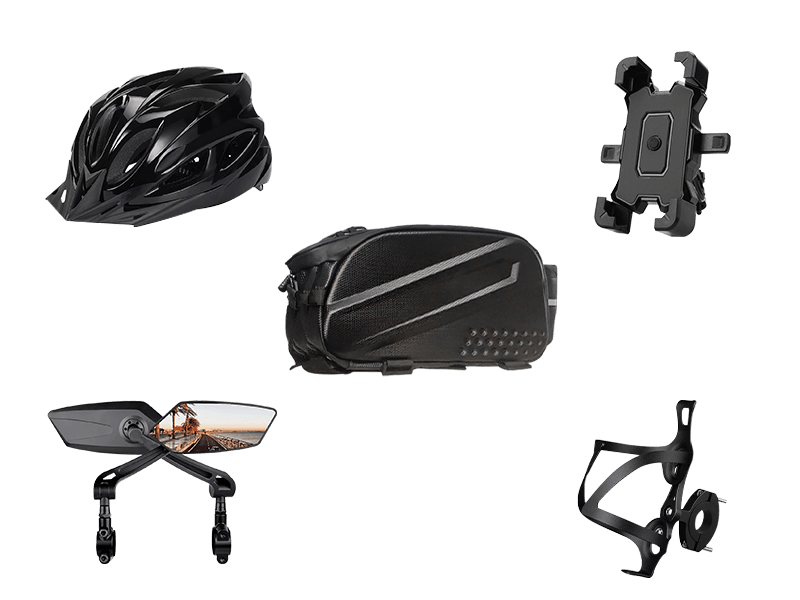The Future of Cycling: Exploring E-Bike Displays
JUL 22, 2024
As e-bikes revolutionize the way we commute and explore, technology plays a crucial role in enhancing the riding experience. Among the various tech components, e-bike displays stand out as a key feature that combines functionality with user convenience. In this blog, we’ll delve into the world of e-bike displays, exploring their features, benefits, and how they can elevate your cycling adventures.
1. What is an E-Bike Display?
An e-bike display is a vital component of an electric bicycle’s system. It serves as the interface between the rider and the e-bike’s technology, offering real-time information about the bike’s performance. This display, typically mounted on the handlebars, shows essential metrics such as speed, battery level, distance traveled, and more. It helps riders stay informed and make adjustments for a smoother and more efficient ride.
2. Key Features to Look For
When choosing an e-bike display, several features can make a significant difference:
- Screen Size and Readability: Opt for a display with a size and resolution that ensures clear visibility in various lighting conditions. Larger screens are generally easier to read at a glance.
- Data Displayed: Common metrics include current speed, battery status, distance covered, and power output. Some displays offer additional data such as cadence or heart rate, depending on the bike's features.
- User Interface: A user-friendly interface with intuitive controls can enhance the overall riding experience. Look for displays that offer easy navigation and customization options.
- Customization Options: Many displays allow riders to customize which metrics are shown, providing a personalized touch that can cater to individual preferences and riding styles.
3. Advanced Features
Modern e-bike displays often come with advanced features that further enhance their functionality:
- Navigation: Some displays are equipped with GPS and route planning capabilities, helping riders navigate unfamiliar routes with ease.
- Smart Connectivity: Integration with smartphones and apps allows for additional features like ride tracking, performance analytics, and social sharing.
- Battery Management: Advanced displays offer insights into battery health and range predictions, helping riders manage their power usage more effectively.
4. Choosing the Right Display for Your E-Bike
Selecting the right e-bike display depends on several factors:
- Type of E-Bike: Consider the type of e-bike you have, whether it’s a commuter, mountain, or road bike. Different bikes may benefit from different display features.
- Riding Conditions: Think about the typical conditions in which you ride. A display with high visibility and durability is essential for varying weather conditions and rough terrains.
- Desired Features: Reflect on what features are most important to you. Whether it’s advanced navigation, detailed performance metrics, or seamless smartphone integration, choose a display that aligns with your needs.
5. Benefits of a High-Quality Display
Investing in a high-quality e-bike display can offer numerous benefits:
- Enhanced Safety: Clear and reliable data helps riders make informed decisions, improving safety on the road.
- Improved Efficiency: Real-time information about battery usage and performance can help optimize riding efficiency and extend the range.
- Increased Enjoyment: A well-designed display enhances the overall riding experience, making your time on the bike more enjoyable and informative.
6. Maintenance and Troubleshooting
Proper maintenance can extend the life of your e-bike display. Keep the screen clean and ensure it’s protected from extreme weather conditions. For common issues like display malfunctions or connectivity problems, refer to the user manual for troubleshooting tips or consult a professional if needed.
Conclusion
E-bike displays are more than just a technological accessory; they are a gateway to a smarter and more connected cycling experience. By choosing the right display and understanding its features, you can enhance your rides and stay informed every step of the way.
Ready to upgrade your e-bike experience? Visit our store or website to explore the latest e-bike displays and find the perfect match for your ride. Feel free to share your thoughts or ask questions in the comments below!


